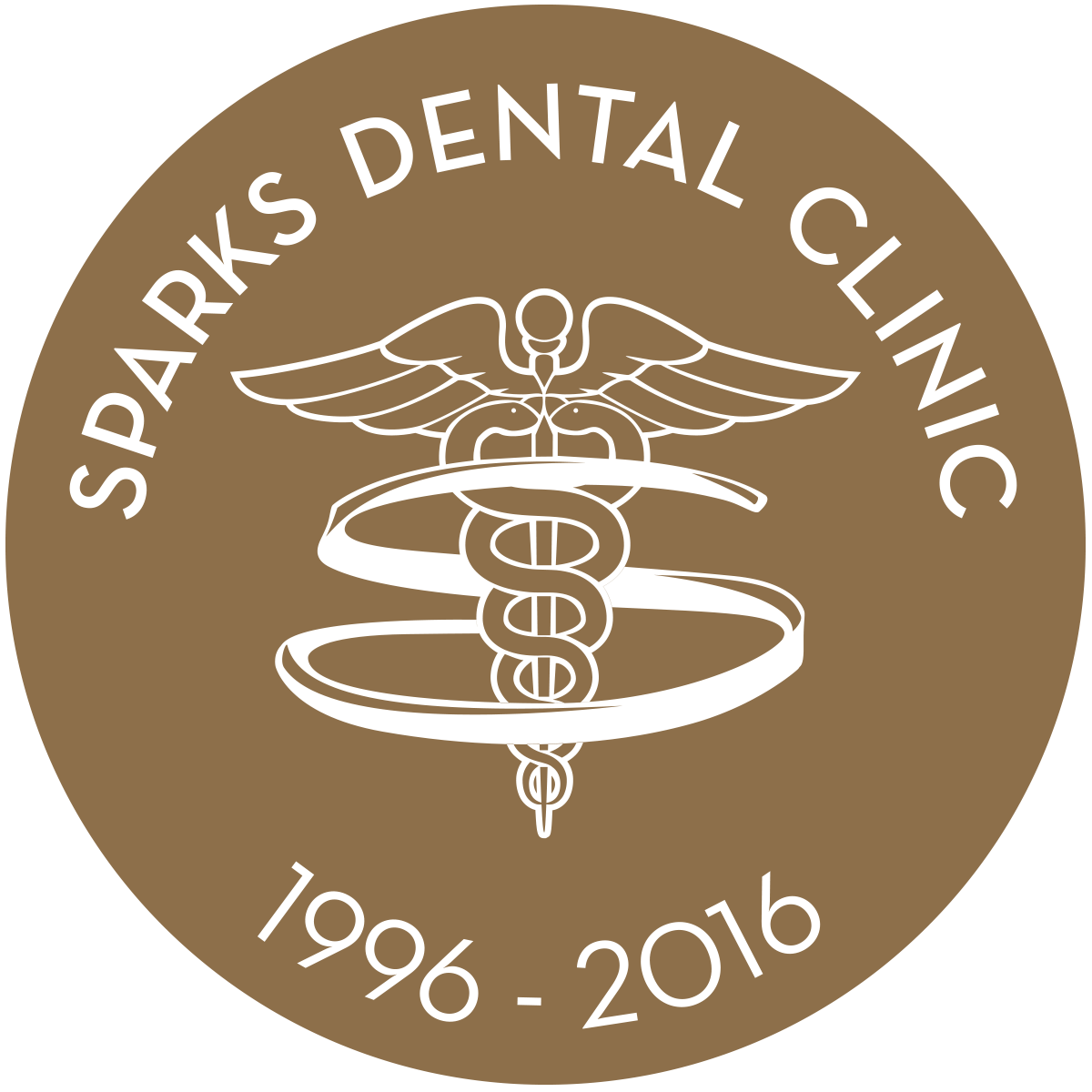Oral Hygiene and Preventative Care
Oral hygiene and preventive care is the practice of keeping one's mouth clean and free of disease and other problems by regular brushing and professional cleaning of the teeth.
X-rays
Dental radiographs (x-rays) are an essential part of any dental care treatment plan. They are diagnostic, but they can also be preventative, by helping the dentist diagnose a potential issue in a patient’s mouth before they become a major problem. An x-ray is a type of energy that passes through soft tissues and is absorbed by dense tissues. X-rays are divided into two categories, intraoral (inside the mouth) and extraoral (outside the mouth). X-rays allow for a detailed and up close look of the teeth and surrounding areas, bone and supporting tissues, they help diagnose periodontal disease, diagnose cavities (not always visible with the naked eye), see the status of developing teeth, health of the jaw to rule out any pathology; cysts infections or fractures, or area that may require further attention.
Restorations (Fillings)
A filling helps to restore a tooth damaged by decay, wear or fracture, back to it’s normal function and shape, a filling also helps prevent further decay by eliminating areas When the dentist does a filling, the decay is removed, the area is cleaned and the new filling is placed, depending how involved the filling is your dentist may provide some anesthetic to ensure you are comfortable through out the procedure. Your dentist will also consider a number of factors when choosing which type of restoration is best for you; this includes the extent of the repair; how your bite affects the type of restoration being placed, material being used and so forth. A restoration is a cosmetic procedure and one must always be mindful that a restoration will never be as strong as your natural tooth structure.
Root Canals
A root canal is done to preserve a tooth that is no longer vital (no longer alive) or which has been infected. During a root canal, the dentist will provide you with local anesthetic to numb the tooth and place a dental dam (a protective sheet which covers the opening of the mouth) to prevent any instrument from being dropped into the mouth during the procedure. The dentist will then create an opening in the crown (chewing surface) of the tooth to access and remove the affected tooth pulp (living tissue within the tooth). Once the canals are fully cleaned out they are filled with a special material and sealed off with cement.
Sealants
Dental sealants consist of a plastic coating material that is placed on the chewing surface of the permanent back teeth to help protect them from bacteria and acid that contribute to tooth decay. The sealant is placed by a dental hygienist who expresses the material into the grooves and depressions of the back teeth and uses a light to cure (harden) the material which then acts as a barrier, protecting the enamel surface of the teeth from plaque and acids. Though brushing and flossing is of utmost importance sealants are often required as the tiny bristles of the tooth brush can seldomly access the depressions and grooves of the back teeth sufficiently enough to extract all food and plaque.
Mouth Guards and Night Guards
Mouth guards help prevent injury to the hard and soft tissues of the mouth, a properly fitted mouth guard when used properly can create a cushion that provides potential stabilization of the jaw which in turn can reduce the risk of injury.
Night guards help to prevent bruxing and clenching during sleep or while awake and are ideal for people with worn teeth, those who suffer aches or pain in the jaw, and to protect restorative work done in the mouth (especially if one is known to clench and grind their teeth).
For either appliance a custom mold is taken and sent out to the lab for fabrication, the patient then returns for a fitting and instruction on use and care of the appliance.
Oral Cancer Screening
An oral cancer screening is a visual and physical exam of the oral cavity and connective tissues. The visual exam includes the face, neck, lips and inside the oral cavity (the mouth) to assess for any asymmetries, swellings, bumps, patches of color, ulcerations or other abnormalities. The physical component includes palpitation of the head, cheeks, around the jaw and under the chin to feel for unusual nodules or masses. The oral cancer screening can reassure that there are no apparent problems, or allow for early treatment or re-evaluation if there are.
Our experienced and caring team will be happy to walk you through your dental service and ease
any anxiety you might have. We strive to make your visit at our Ottawa dental clinic a pleasant one,
whether it’s your first visit or your 50th.
If you have any questions about any of the services or about your upcoming appointment,
please give us a call 613.232.1411 or email us at info@sparksdental.com.
Our experienced and caring team will be happy to walk you through your dental service and ease any anxiety you might have. We strive to make your visit at our Ottawa dental clinic a pleasant one,
whether it’s your first visit or your 50th.
If you have any questions about any of the services or about your upcoming appointment, please give us a call 613.232.1411 or email us at info@sparksdental.com.


